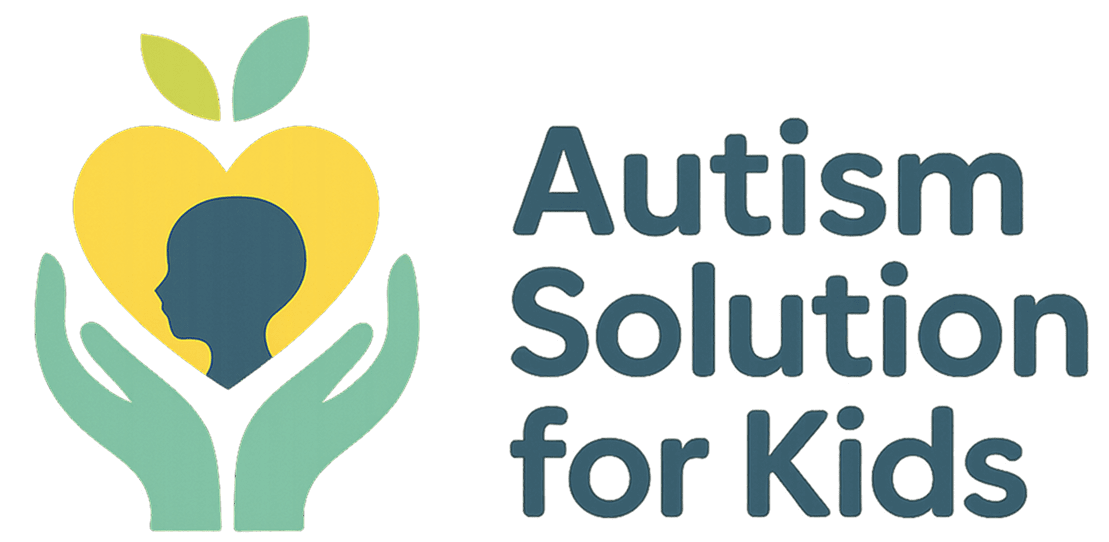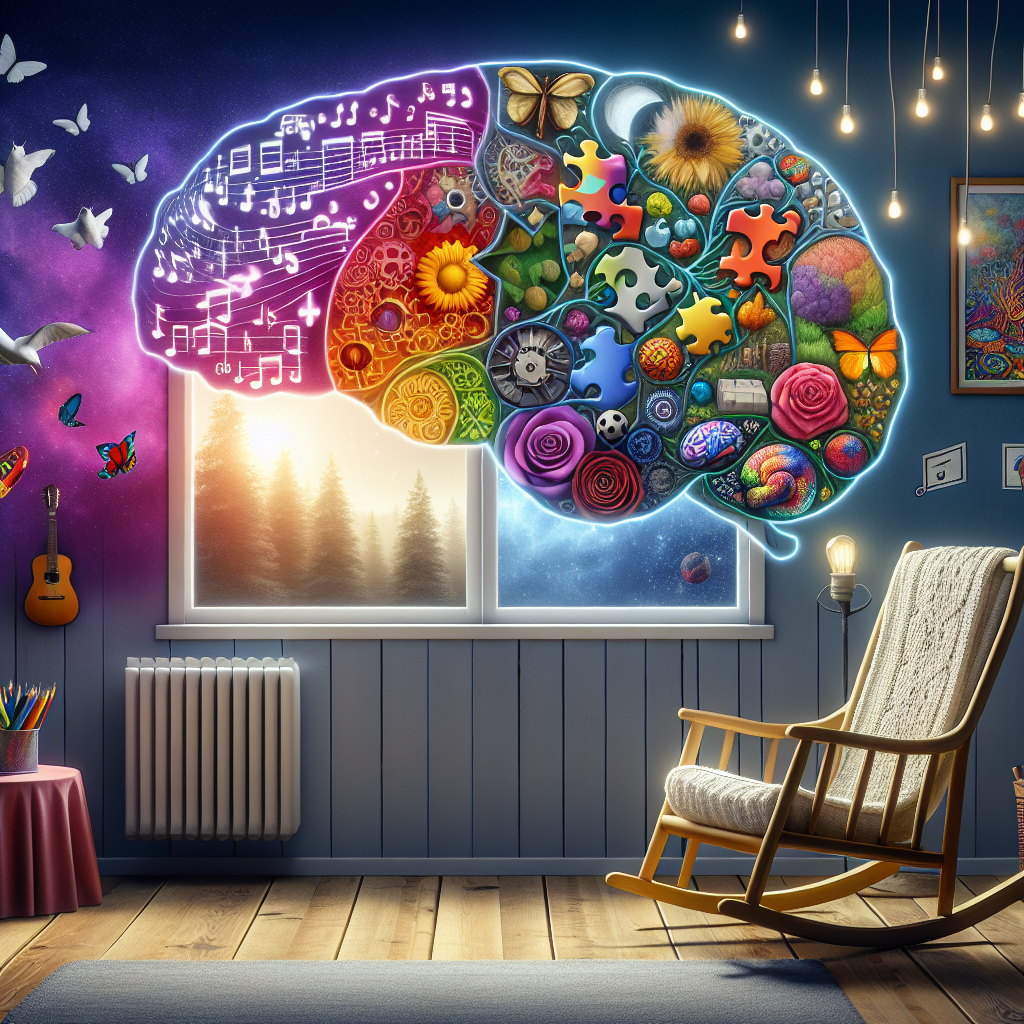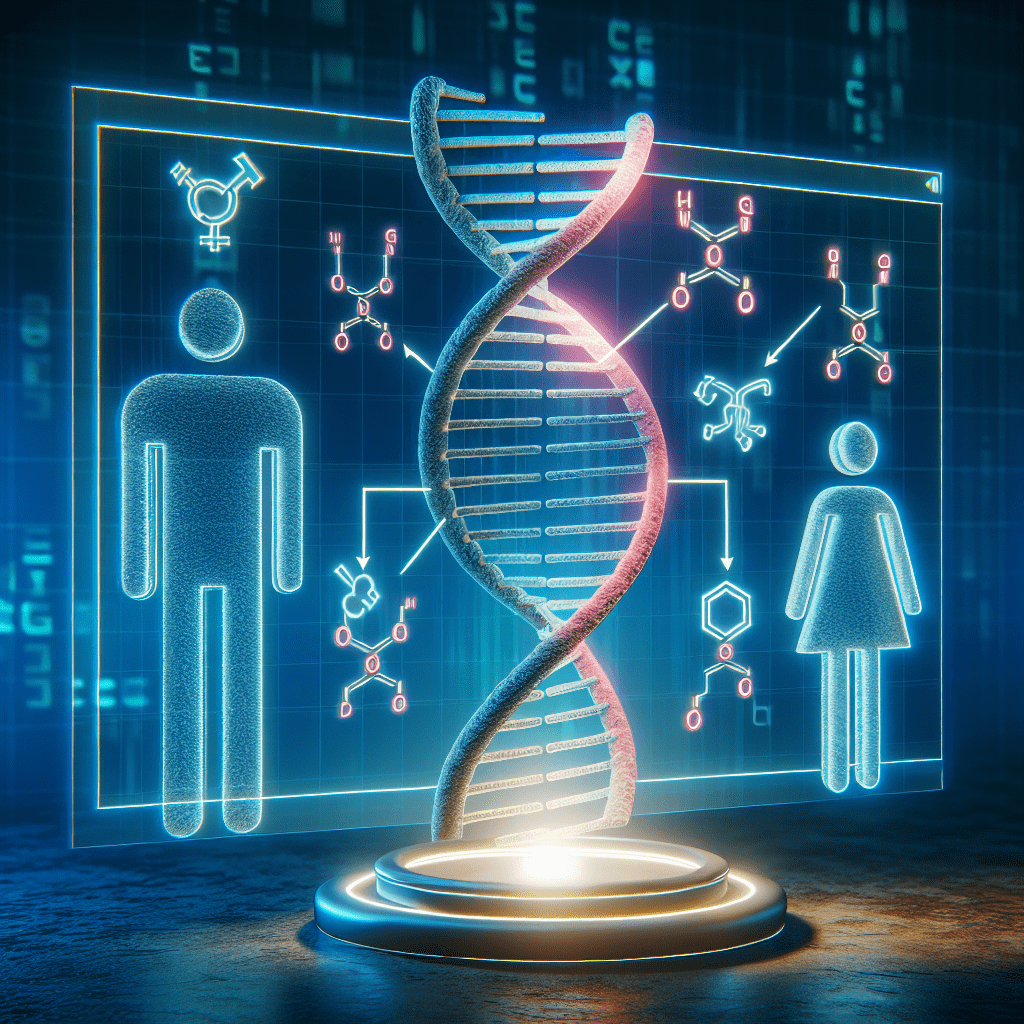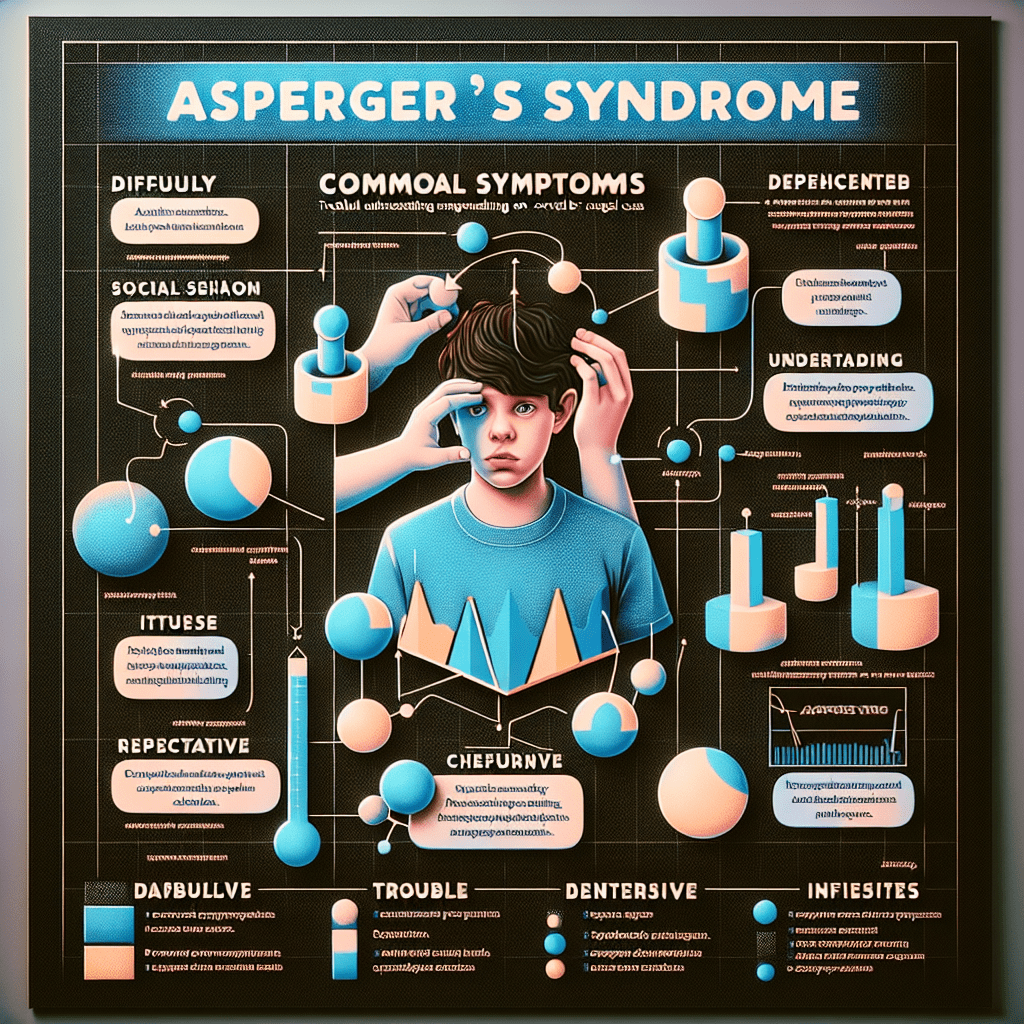What is Life Like for a Person with Autism? Understanding the Experience
What is life like for a person with autism? This question opens doors to a realm of understanding that transcends mere statistics. Autism Spectrum Disorder (ASD) affects millions of individuals worldwide, each experiencing life through a unique lens. Imagine seeing the world in a different hue, where sounds might be louder, textures could be overwhelming, and social cues appear as complex puzzles. Exploring the nuances of life with autism not only sheds light on the individual experience but also fosters empathy and knowledge in our communities. Understanding this reality can help bridge gaps and enable more inclusive environments. Below, we delve into the varied experiences of those on the autism spectrum, examining daily life, social interactions, and personal growth.
Daily Life: The Typical Routine of Individuals with Autism
What is life like for a person with autism when it comes to daily routines? For many, routines provide a sense of structure and predictability. Consider the morning ritual of waking up, brushing teeth, and having breakfast. For someone with autism, these actions may be more than just habits; they are part of a carefully curated routine that minimizes anxiety and helps maintain focus throughout the day. Routines can act as anchors, guiding individuals through their tasks, providing comfort, and creating a safe haven in the often chaotic world around them.
Furthermore, sensory sensitivities play a significant role in shaping daily experiences. While a typical morning may involve the light tapping of a spoon against a bowl, this sound could resemble a hammer hitting metal to someone with ASD. Consequently, many people with autism develop strategies to navigate overwhelming sensory environments. For instance, they may prefer to have their first meal in a dimly lit room or might enjoy food with specific textures. This indicates that daily life is often about finding tailored approaches to comfortably manage their sensory world.
Education and learning settings can also vary vastly for people on the spectrum. Public schools often incorporate diverse teaching methods to accommodate different learning styles. Some children may excel in individual study but struggle with group projects, highlighting the importance of personalization in education. Engaging with a one-on-one specialist can be beneficial in enhancing educational outcomes, making the school experience more nurturing and fulfilling.
Outside of educational settings, individuals with autism may partake in hobbies that spark their interest, whether that be gaming, painting, or collecting items. These activities not only help in managing stress but also foster creativity and self-expression. Importantly, social engagement varies widely. Some might thrive in social situations, while others prefer solitude or small groups, prompting us to ask: how can we create spaces that accommodate all preferences?
Social Interactions: Building Connections
What is life like for a person with autism in terms of social interactions? Communication can be one of the most complex aspects of life with autism. Many individuals find verbal communication challenging, often missing out on nuances like tone, body language, or facial expressions, which makes social exchanges quite tricky. Imagine entering a crowded room filled with laughter and conversations, yet feeling isolated because deciphering these social cues feels akin to learning a foreign language.
For those on the autism spectrum, social interactions can feel inherently stressful, often leading to misunderstandings. This doesn’t mean that individuals with autism lack the desire for friendships; rather, they might connect differently. Many successfully build close bonds through shared interests, participating in events that revolve around their passions. Consider joining a hobby group focused on a favorite video game or a club centered on nature. Such scenarios often create more comfortable environments, allowing individuals to express themselves and build connections at their own pace.
Moreover, the rise of digital communication platforms has aided many who struggle with in-person interactions. Through online communities, individuals can form friendships based on mutual interests, offering connections that might be challenging to establish face-to-face. These platforms provide a low-pressure space to express thoughts and develop social skills, which can later translate into real-world interactions.
It’s important to mention that while some individuals bond over shared hobbies, others may experience frustration. Negative experiences in social settings, through teasing or bullying, can severely impact confidence. This calls for greater awareness and understanding among peers, teachers, and parents. Teaching empathy and supporting social skills can vastly improve social landscapes for individuals with autism.
Challenges and Triumphs: Navigating Life with Autism
What is life like for a person with autism when faced with challenges? Life can present various obstacles, from sensory overload to navigating employment. Many individuals on the spectrum may experience anxiety in overwhelming situations, making daily tasks or outings daunting feats. Sensory processing issues, which affect how individuals perceive sensory information—like sights, sounds, and smells—can lead to stress and anxiety, turning ordinary errands into overwhelming experiences.
However, many individuals develop coping strategies to manage their sensory sensitivities. These might include wearing noise-canceling headphones while out or having a personal item on hand that brings comfort. The development of such strategies signifies resilience and innovation, illustrating the sheer determination many individuals exhibit when faced with life’s challenges.
Coping strategies extend to employment as well. The job market can often feel daunting for individuals with autism, with many facing discrimination or a lack of understanding about their capabilities. However, many companies are beginning to recognize the value of neurodiversity within the workplace, embracing unique perspectives and skills. For instance, roles in technology or detail-oriented tasks are often ideal for individuals on the spectrum, highlighting their strengths. Creating more inclusive workplaces will not only enhance productivity but also build a more diverse and collaborative environment.
Furthermore, therapies play an important role in the lives of individuals with autism. Many pursue behavioral therapy, occupational therapy, or speech therapy to improve their skills, manage daily tasks, or enhance social interactions. These therapeutic approaches can lead to increased independence and confidence, helping individuals embrace life more fully.
Conclusion
In understanding what life is like for a person with autism, we delve into a world characterized by its complexity, challenges, and triumphs. Each individual’s experience is incredibly unique, shaped by personal sensory preferences, social interactions, and coping strategies. By fostering a better understanding of these nuances, we can cultivate empathy within our communities. Supporting individuals on the autism spectrum means acknowledging their challenges while celebrating their strengths.
Continuing the conversation about autism, and advocating for greater inclusivity in education, the workplace, and society is our collective responsibility. Through understanding, compassion, and action, we can help create an inclusive world where individuals with autism can thrive and shine. Life may present unique challenges, but with the right support, individuals with autism can lead fulfilling, meaningful lives.
FAQs
1. Can individuals with autism live independently?
Independence varies among individuals with autism. Those with mild to moderate symptoms may live independently, especially when provided with necessary supports, like job coaching or social skills training.
2. How can I support a friend with autism?
Understanding their unique needs, being patient, and creating a welcoming environment can make a significant difference. Get to know their preferences, and encourage open communication.
3. Are there educational resources for parents of children with autism?
Yes! Numerous organizations like the Autism Society and local autism advocacy groups offer materials and workshops for parents looking to support their children.
4. What are common misconceptions about autism?
One common misconception is that individuals with autism lack empathy. Many possess deep emotional insights but express their feelings differently.
5. How can workplaces become more inclusive for individuals with autism?
Training staff on neurodiversity, accommodating social communication styles, and recognizing unique talents can foster a more inclusive workplace.





